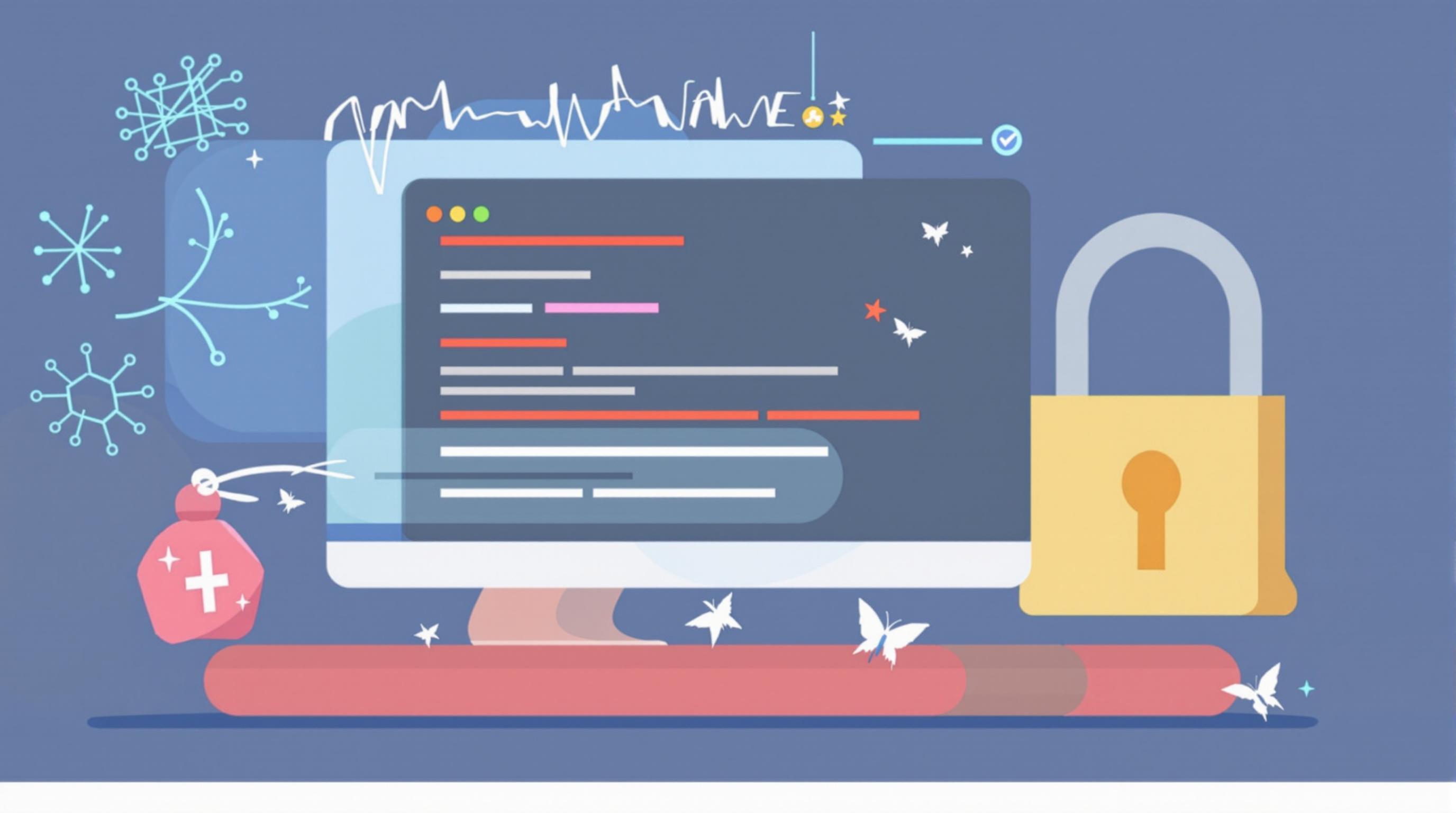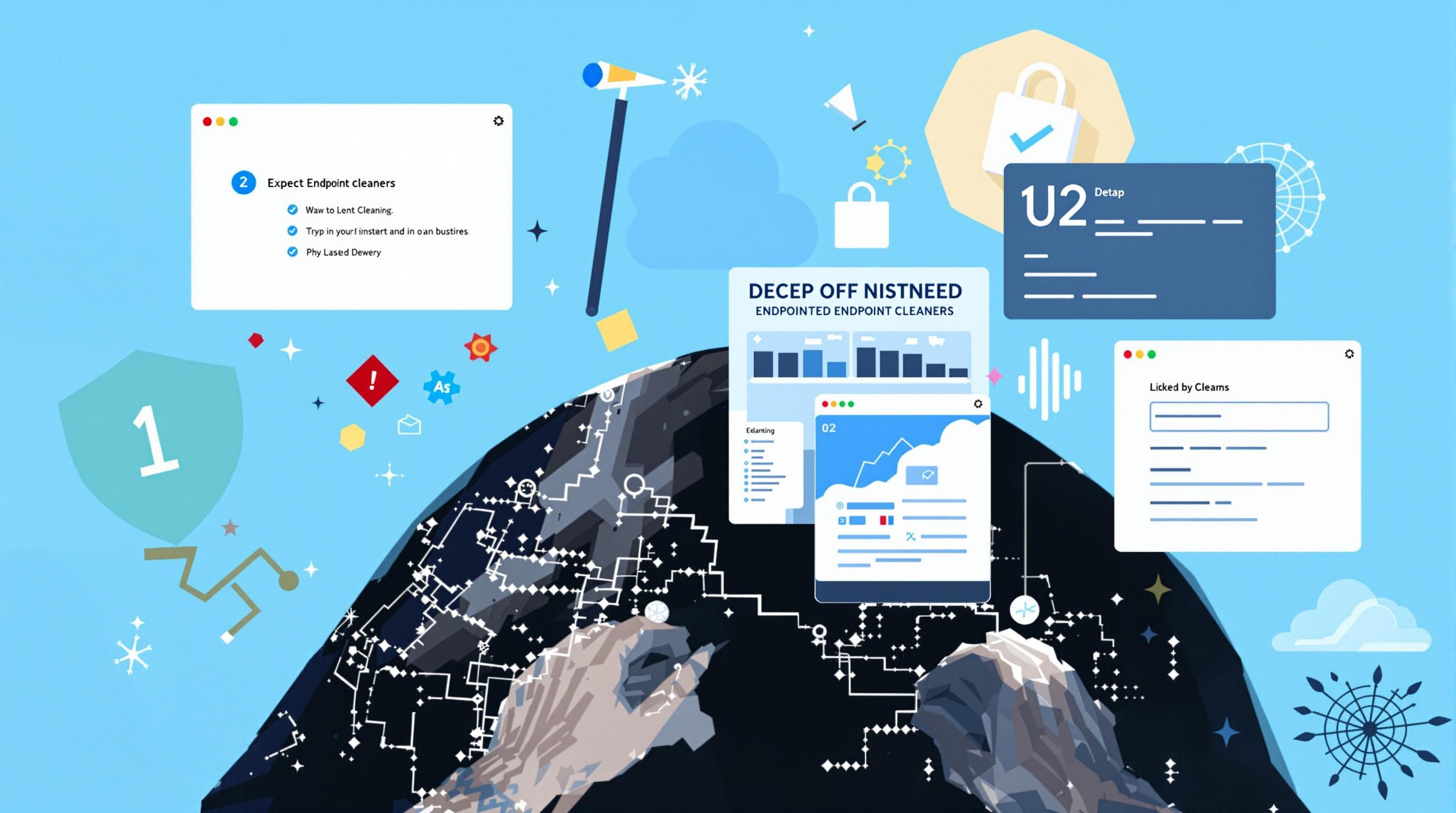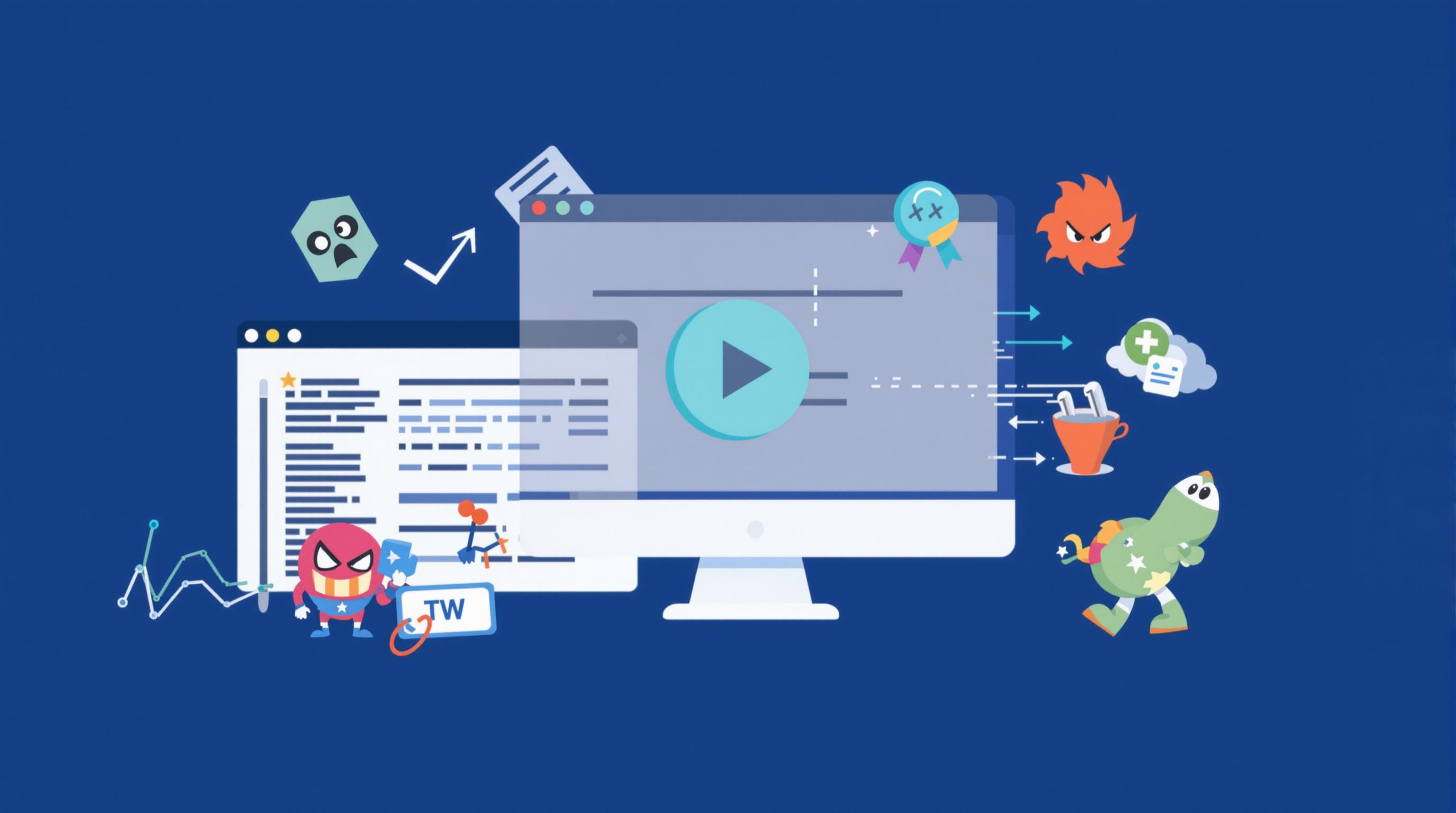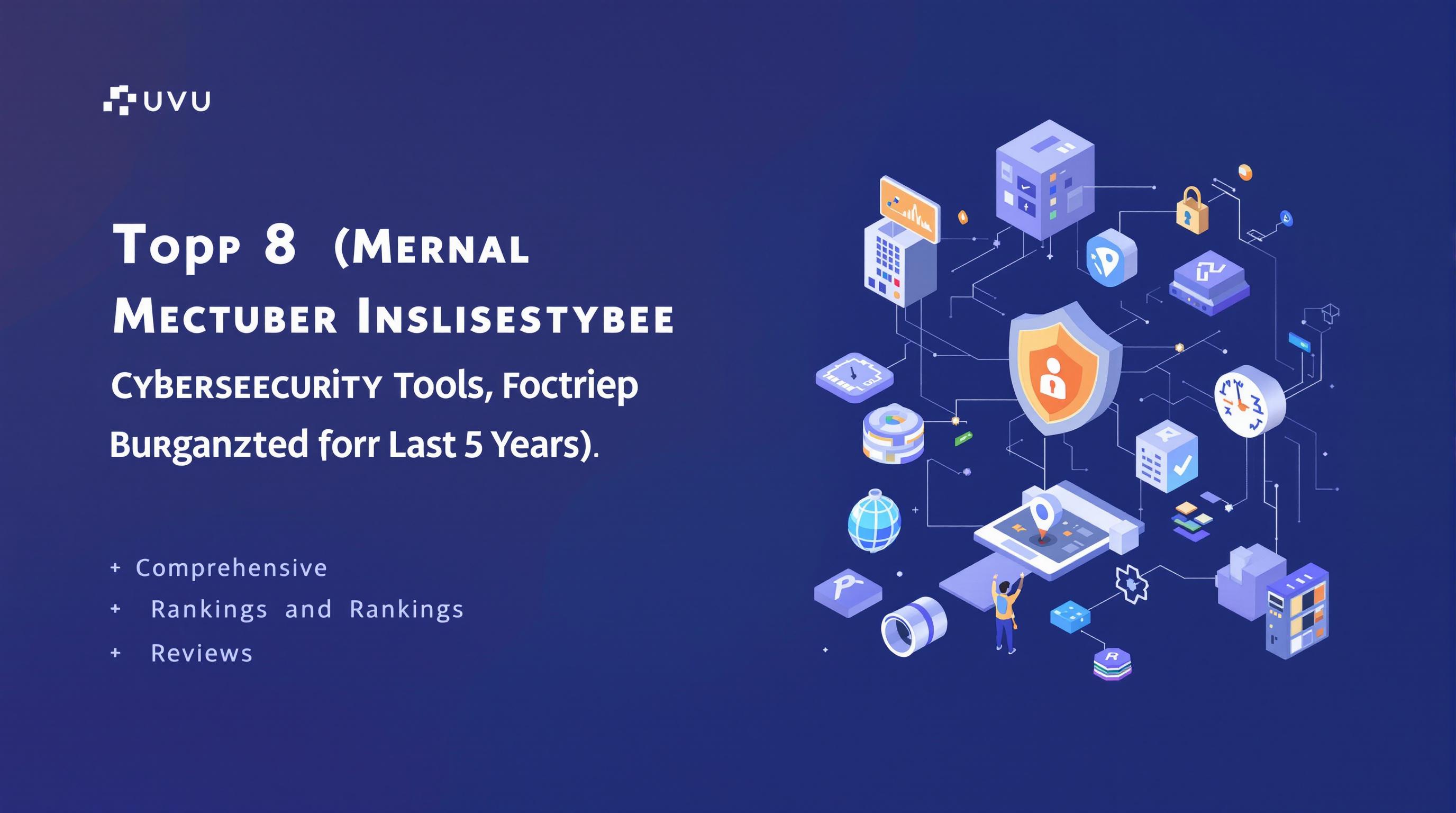Related Articles
- Unveiling the Silent Effects of Malware Residue on IoT Devices and What It Means for Your Connected Home Security
- Top 6 Game-Changing Email Security Suites Released Since 2019 That Actually Stop Cyber Trickery
- The Hidden Impact of AI-Driven Voice Assistants on Your Device’s Safety: Risks Nobody Talks About
- Top 6 Stealth Encryption Products Redefining Data Privacy You Haven’t Heard About Since 2019
- Exploring the Influence of Wi-Fi Radiation on Human Sleep Patterns and Cognitive Health in Modern Living
- Top 8 Stealth Malware Cleaners from the Past 5 Years That Outsmart Evasive Threats
9 Lesser-Known Techniques for Fast Malware Removal That Experts Rarely Discuss in Cybersecurity Circles
9 Lesser-Known Techniques for Fast Malware Removal That Experts Rarely Discuss in Cybersecurity Circles
9 Lesser-Known Techniques for Fast Malware Removal That Experts Rarely Discuss in Cybersecurity Circles
Malware removal is a critical aspect of maintaining cybersecurity hygiene, yet many standard practices dominate the conversation to the neglect of quicker, lesser-known tactics. While antivirus scans and system restores are commonly applied, there are alternative approaches that can speed up malware eradication significantly. This article explores nine such methods that cybersecurity experts often omit from mainstream discussion to provide a faster, more efficient malware removal process.
Understanding these techniques not only helps in immediate threat containment but also empowers users to reduce system downtime during infections. By complementing traditional practices with these lesser-known tactics, IT professionals and enthusiasts can enhance their malware response strategies significantly.
Each section below highlights one such approach, explaining how it functions and why it is not more widely discussed, despite its usefulness in the field of digital threat management.
1. Memory-Resident Malware Purging with Volatility Framework
Volatility is a powerful open-source memory forensics tool that can be utilized to detect and remove memory-resident malware, which traditional disk-based scans often miss. Memory-resident infections can evade standard detection by embedding themselves in a system’s volatile memory.
By analyzing RAM snapshots, Volatility allows experts to locate hidden processes, injected code, and suspicious network connections in real-time. This technique provides an expedited path to identifying active malware that could be causing ongoing damage.
Though highly effective, Volatility requires specialized knowledge in memory forensics and is therefore seldom discussed in basic cybersecurity circles, making it a hidden gem for advanced malware removal.
2. Application Whitelisting to Block Unknown Malware Execution
Application whitelisting involves creating a list of approved software and blocking all other executables from running. This technique can preempt malware infection by preventing unauthorized programs from executing in the first place.
Unlike traditional blacklisting methods that detect malware signatures, whitelisting proactively blocks anything unfamiliar, drastically reducing the attack surface. This approach can accelerate malware removal by stopping reinfections from persistent unauthorized executables.
Despite its efficacy, complexity in maintenance and compatibility with diverse software ecosystems limits its widespread use and discussion among cybersecurity beginners.
3. Utilizing Safe Mode with Networking for Targeted Removal
Booting a compromised system into Safe Mode with Networking disables most non-essential drivers and services, allowing malware to be more easily isolated and deleted. Coupled with network access, users can run specialized malware removal tools or update definitions without interference from active malware processes.
This environment benefits professionals aiming for precision cleaning and rapid restoration of system stability. It effectively cuts down the time for malware removal by reducing the number of running components.
Though commonly recommended, the exact advantages and strategic use of Safe Mode for fast removal remain underemphasized in many cybersecurity trainings and discussions.
4. Leveraging DNS Sinkholing to Block Malicious Domains
DNS sinkholing redirects requests for malicious domains to harmless IP addresses controlled by defenders. This technique interrupts the communication channel used by malware to update, exfiltrate data, or receive commands.
By cutting off these connections quickly, sinkholing helps contain threats and simplifies the cleanup process, often leading to faster malware removal. It adds an additional layer beyond endpoint cleaning by addressing network-based persistence.
While effective, DNS sinkholing demands network infrastructure modifications and is usually reserved for advanced cybersecurity environments, thereby keeping it out of common awareness.
5. Fileless Malware Detection through Behavioral Analysis Tools
Fileless malware, which operates without writing files to disk, challenges traditional signature-based detection methods. Behavioral analysis tools monitor system activity to identify unusual patterns that suggest the presence of these threats.
By focusing on behavior rather than static data, these tools facilitate faster identification and removal, often before malware can cause significant damage. This proactive technique is essential for modern threat landscapes dominated by stealthy attacks.
This method’s complexity and resource demands have limited its inclusion in mainstream cybersecurity protocols, even though it significantly accelerates malware mitigation.
6. Use of Live USB Rescue Environments for Offline Scanning
Creating a live USB rescue environment enables scanning and removal of malware from an infected system without booting into its compromised operating system. This technique avoids interference from active malware components that may obstruct removal efforts.
Running anti-malware scans offline through such environments ensures a more thorough cleanup and quicker restoration of system integrity. It is especially useful when traditional methods fail due to malware persistence or system instability.
Despite its advantages, the technical setup and limited awareness keep this method out of routine discussions and usage among casual users.
7. Harnessing PowerShell for Automated Malware Cleanup Scripts
PowerShell scripts can automate complex malware removal tasks, such as terminating malicious processes, deleting harmful files, and reconfiguring security settings. This scripting capability speeds up cleanup by handling repetitive actions without manual intervention.
Experts use custom PowerShell scripts to tailor malware removal precisely to the infection's nature, which minimizes downtime and human error. This approach is invaluable in enterprise environments faced with recurring infections.
However, security concerns over misuse and the learning curve associated with scripting hinder broader adoption and discussion in general cybersecurity forums.
8. Utilizing Host-Based Intrusion Prevention Systems (HIPS)
Host-Based Intrusion Prevention Systems monitor and block suspicious activities at the local system level, such as unauthorized file modifications or process injections. HIPS can halt malware's spread and aid in faster eradication by preventing execution of harmful behaviors.
Implementing HIPS complements malware removal by reducing the workload of detection and cleanup tools. By intercepting malware actions early, these systems contribute to quicker and more effective response strategies.
Despite their benefits, the complexity of tuning HIPS to avoid false positives limits their use and coverage in general cybersecurity education.
9. Restoring Registry Settings Using Exported Backup Files
Malware often corrupts or alters system registry entries to maintain persistence. Having pre-exported backups of healthy registry states enables swift restoration and elimination of malicious hooks.
This method circumvents the need to hunt every altered key manually and prevents malware reactivation, thus speeding up the remediation process significantly. It restores system stability more rapidly than rebuilding registry settings from scratch.
Many users and even some professionals neglect regular registry backups, which leaves this technique underutilized and rarely highlighted in mainstream malware removal guidance.
References:
1. Ligh, M. H., Case, A., Levy, J., & Walters, A. (2014). The Art of Memory Forensics. Wiley.
2. Symantec Corporation. (2023). Application Whitelisting Best Practices. Retrieved from https://symantec.com
3. Microsoft Learn - Safe Mode Overview. https://learn.microsoft.com/en-us/windows/client-management/troubleshoot-startup-safemode
4. Krebs, Brian. (2018). DNS Sinkhole Techniques in Cybersecurity. Krebs on Security.
5. MITRE ATT&CK Framework. https://attack.mitre.org/techniques/




